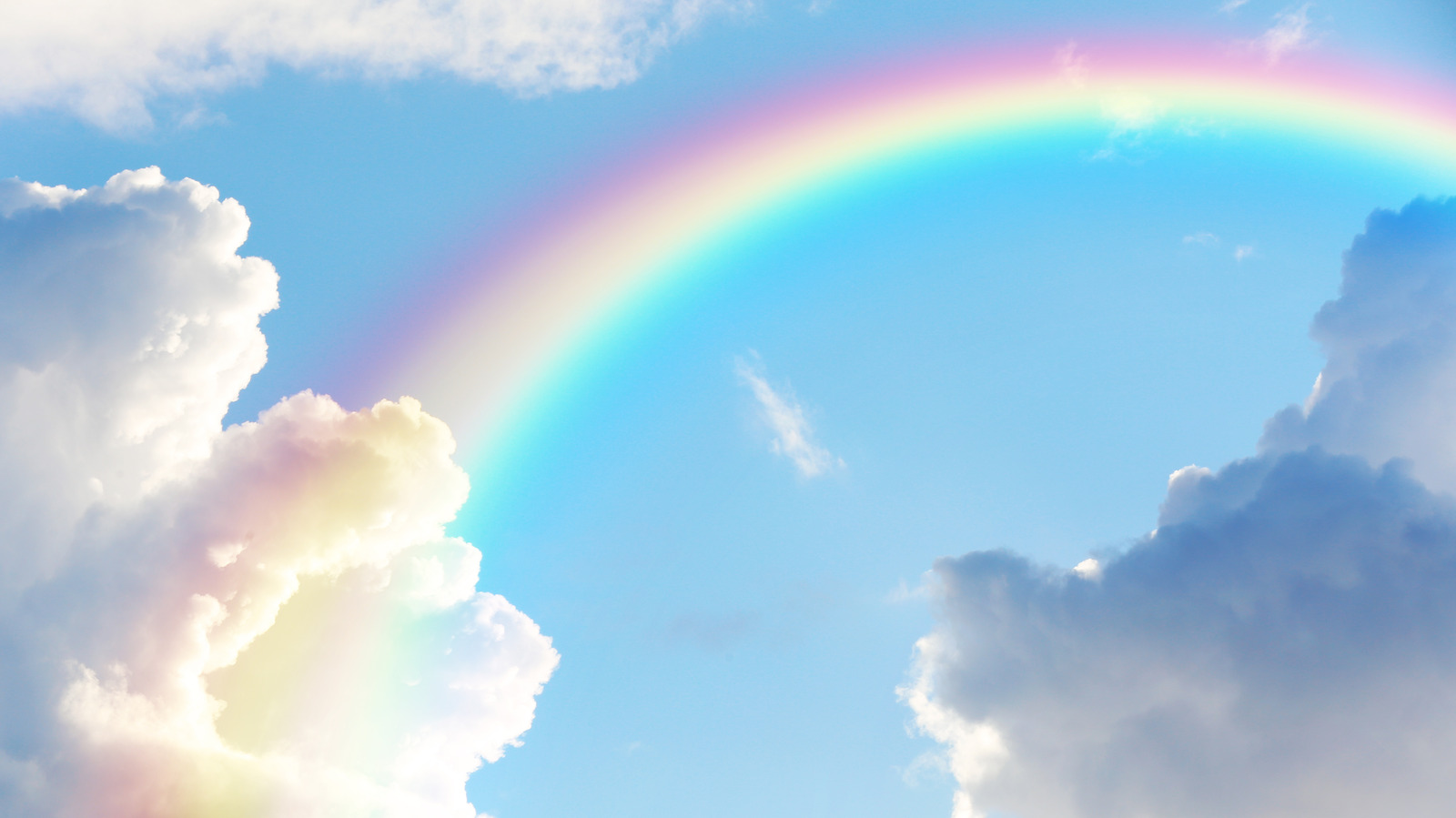A new study suggested that the climate change will increase the number of days you will see the rainbow. By 2100, the average land location on Earth will experience about 5% more days with rainbows as compared to the beginning of the 21t century.
When sunlight is refracted by water droplets, rainbows are created. Rainbows consequently require both sunlight and precipitation. The warming of the climate caused by human activity like the combustion of fossil fuels alters rainfall patterns, amounts, and cloud cover.
“Living in Hawai’i, I felt grateful that stunning, ephemeral rainbows were a part of my daily life,” said the study’s lead author, Kimberly Carlson, now at New York University’s Department of Environmental Studies. “I wondered how climate change might affect such rainbow viewing opportunities.”
The question piqued the interest of Camilo Mora of the UH Manoa Geography and Environment department, who proposed it as the subject of a study for one of his graduate classes.
“We frequently research how climate change directly affects people’s health and livelihoods, for example via the incidence of heat stroke during climate change-enhanced heat waves,” says Mora.
However, few studies have looked at how environmental aesthetics may be impacted by climate change, and no one has attempted to catalogue rainbow occurrences, much less in the context of climate change.
In order to discover the genuine rainbows, Manoa School of Ocean and Earth Science and Technology (SOEST), one of the paper’s co-authors, said, “We had to go through photographs of rainbow artwork, rainbow flags, rainbow trout, rainbow eucalyptus, and rainbow delicacies.”
The researchers then used maps of precipitation, cloud cover, and sun angle to train a model for predicting rainbows based on the locations of rainbow photos. Finally, they used their model to forecast rainbow occurrences in the present and the future over land masses around the world. According to the model, islands are hotspots for rainbows.
There will likely be a few more days with rainbows each year in the Hawaiian Islands, which have recently been called the “rainbow capital of the world.” The authors did not go into detail about how variations in rainbow incidence can impact people’s quality of life. However, rainbows are beautiful and have played a significant role in human culture throughout history and today.
“Climate change will generate pervasive changes across all aspects of the human experience on Earth. Shifts in intangible parts of our environment such as sound and light are part of these changes and deserve more attention from researchers,” said Carlson.







